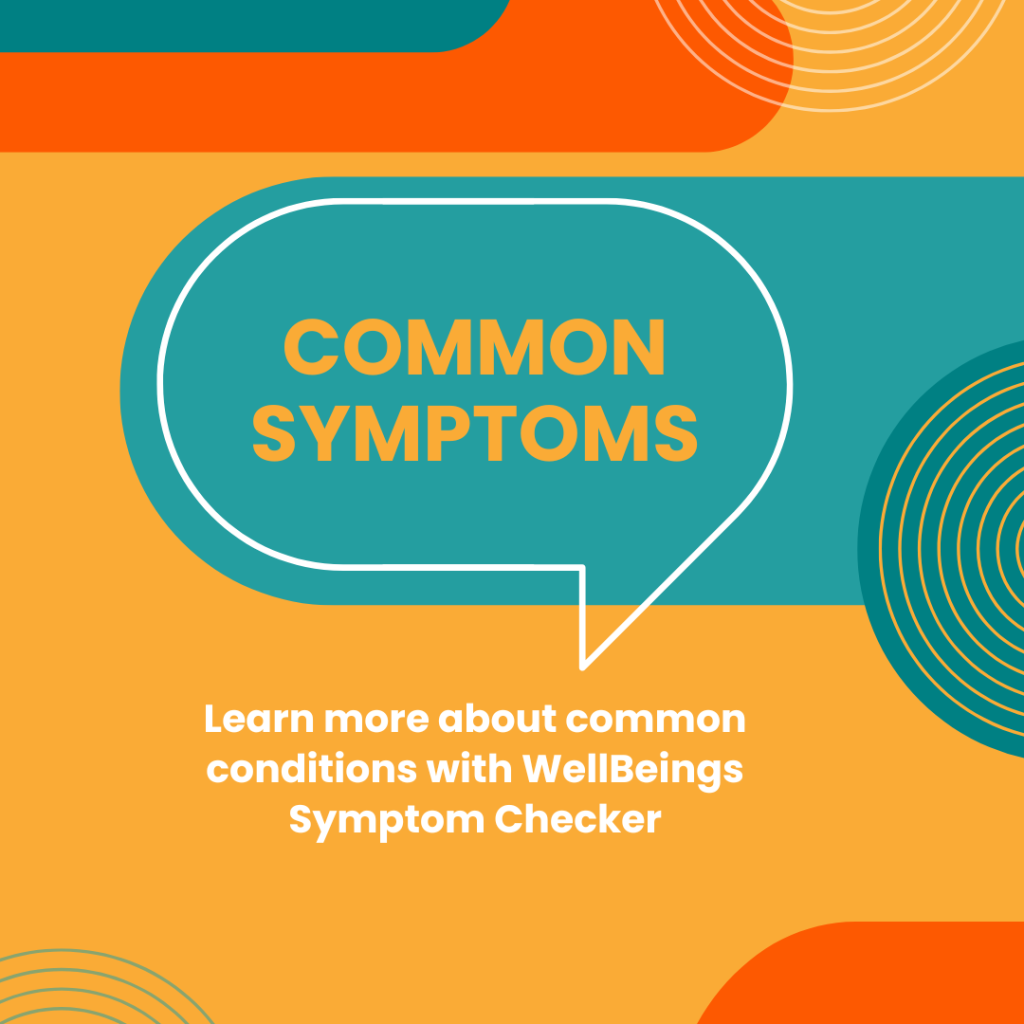Your body, your health, your control. Here’s what to do about a vaginal yeast infection
Itchy, scratchy, uncomfortable… it’s certainly not the most pleasant topic, is it? Yet, so many women are vulnerable to vaginal yeast infections. It’s always a good idea to take charge of your health and learn how to prevent and manage a yeast infection.
Quick Read:
- Go easy on sweet treats as too much sugar in your diet could trigger a vaginal yeast infection.
- It’s possible for men to also get yeast infections, particularly if they are uncircumcised or have a weak immune system.
- Other factors that may increase your risk of an infection include pregnancy, birth control pills, and hormone replacement therapy which can impact your oestrogen levels.
What is a vaginal yeast infection?
Ladies, there’s nothing to be embarrassed about. It’s estimated that about 75% of women will have a yeast infection at some time in their lives. So, you’re in good company.
Here’s the upside. Most yeast infections are relatively easy to treat and they clear up quickly. But what causes an infection? The most common symptom of a vaginal yeast infection is itching in the vaginal area. Also, be alert to pain during sex, a burning sensation, or a thick white vaginal discharge.

The fungus that causes a vaginal yeast infection
The vaginal canal is usually home to a healthy mix of bacteria and yeast. But then come the culprits that cause this infection – fungi. Yeast are known as fungi and the infection is triggered when there’s an overgrowth of a fungus called Candida albicansfungus. A long name for a simple problem: too much of this fungus in the vagina leads to a yeast infection. But why the overgrowth? Many reasons, including:
- Hormones can be to blame for the fungus overgrowth. Changes in your vaginal pH balance might happen during pregnancy, breastfeeding, or menopause, or if you’re on birth control pills.
- Douches and vaginal sprays are common culprits.
- A compromised immune system, for example, if you have HIV or another immune system problem, the yeast can grow.
- Are you diabetic? Taking control of your condition can help prevent an increase of sugar in your vaginal mucus membranes.
- If you’re on antibiotics, ask your doctor about probiotics, too. Antibiotics may have a negative effect on the good bacteria in your vaginal area.
- A yeast infection can spread through sexual contact. While it’s not strictly classified as a sexually transmitted infection (STI), a yeast infection can be passed during sex.
Some women are prone to recurring infections, and this may be related to a specific medical condition. This is why it’s vital to manage your health issues and take your prescribed medication.
Help at hand
Please don’t ignore obvious signs of a vaginal yeast infection. These include redness, pain, itching, and general discomfort in your vaginal area. In some cases, it’s nothing to be worried about; you may simply be reacting to a new soap or fragrance. Still, it’s a good idea to always check with your doctor or go to the clinic for a check-up.
Treatment for a yeast infection is relatively straightforward. There are antifungal options (creams, ointments, tablets, or suppositories), or a single-dose oral medication. What you need to watch for is if your symptoms don’t go away after a treatment, or if they come back within two months.
Some women have vaginal yeast infections without realising it as not all vaginal yeast infections cause itching or discomfort.
- Try to wear cotton underwear and avoid synthetic fabrics which can trap sweat and cause a lot of irritation.
- Your vaginal area doesn’t need douches and feminine sprays – in fact, these can be harmful! Just wash the vulva area with warm water and mild soap.
- Try not to wear extremely tight underwear, stockings, and jeans.
- Drink plenty of water each day and do your best to cut back on sugar and processed foods.
Images: Freepik





















